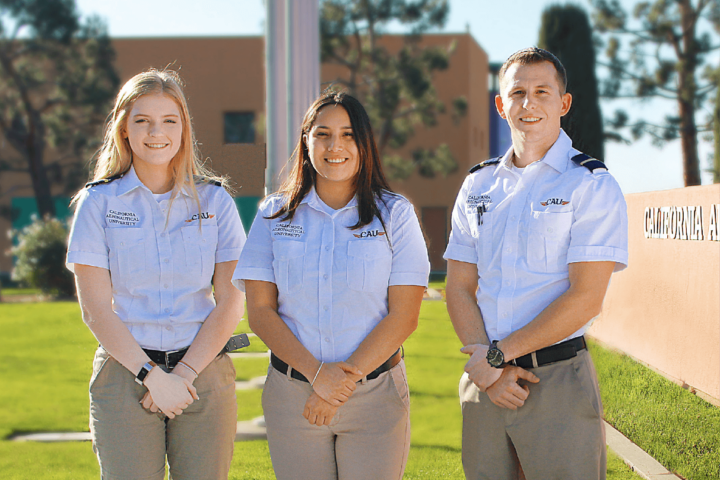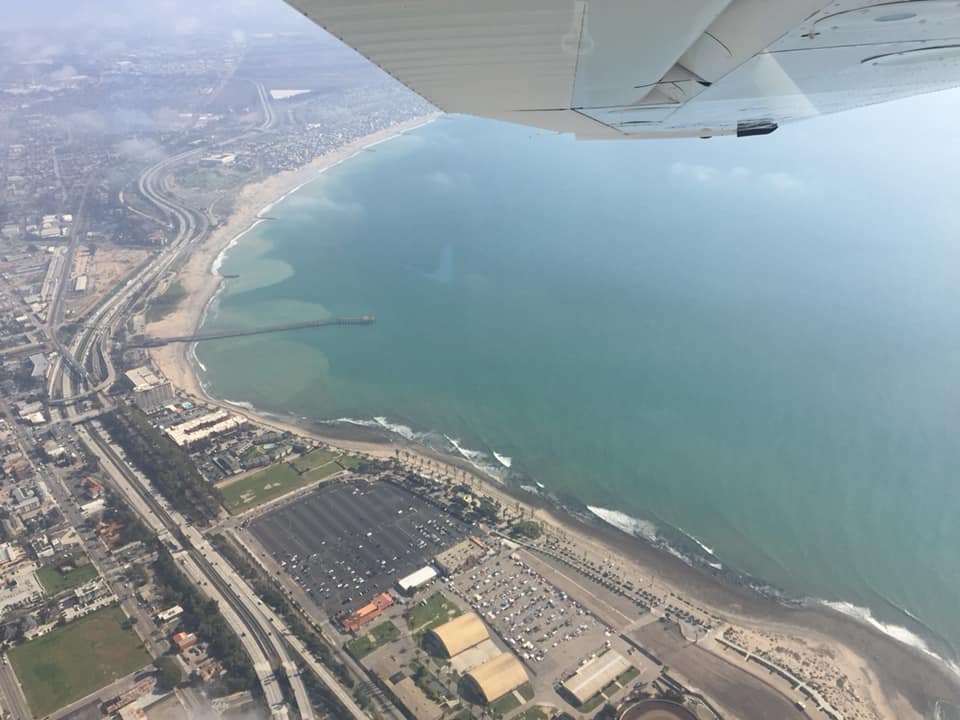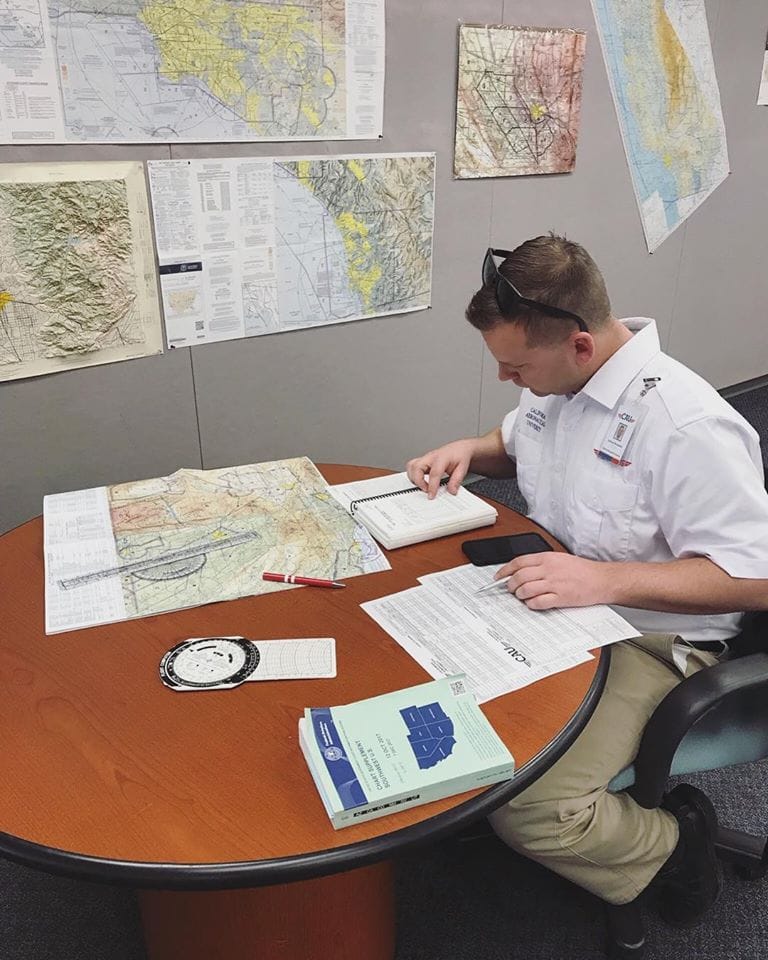Knowing the main reasons students fail their checkride, along with careful preparation, goes a long way to avoiding potential checkride errors on test day. Let’s review some of the most common trouble spots and how to avoid them.
Preparing for your checkride is similar to preparing for a final exam: it is not something you can cram for overnight. The more you practice, the more familiar the material becomes. If you tend to get nervous before tests, it is imperative to do whatever is needed to remain calm. There should be nothing on your checkride that you have not seen before.
Try to view your flight test as an opportunity to show somebody else how much you have learned. Designated pilot examiners (DPEs) regularly see some common checkride errors throughout the process. Reasons for these mistakes include anxiety, carelessness, negligence, or immaturity. Knowing the most common checkride errors and how to avoid them can be an excellent way to plan for success.
9 Common Checkride Errors and Solutions
Here are the most common checkride errors and mistakes that students make:
1. Missing Paperwork
Every checkride begins with the DPE reviewing your logbooks, endorsements, and training records to verify that you have met all requirements. Appendix 5 of the FAA Airman Certification Standards (ACS) contains a practical test checklist (page 83) which itemizes all required aircraft documents, personal equipment (computer, diagrams, publications, etc.), and other necessary forms and certificates. Make sure you bring everything you need to get your checkride off to a positive start.
2. Navigation Errors
Some navigation issues during the flight test happen due to something being overlooked or missed, not in the handling of the aircraft itself. Some ways to prevent these include:
- Avoid obstacles like power lines or antennas, which can be challenging to see – study the surroundings as much as possible in advance. Instead, choose prominent, unmistakable, and easy-to-see waypoints, such as major roads and bodies of water.
- Minimize distractions in the cockpit: your iPad, sectional charts, etc.
- Look out the window! Scan the horizon and look around before performing any maneuver. Use the charts, GPS, etc., but ensure that you demonstrate pilotage by flying the correct headings, locating your checkpoints, and not getting lost.
3. Incorrect Stall Recovery
Another common student mistake is not allowing the stall to develop fully or demonstrating a poor recovery technique. Resolve these errors by being familiar with what is about to happen. Remember that a stall and its recovery are relatively simple if you review your stall drills and mentally rehearse multiple times.
The private pilot airman certification standards (ACS) states that stall recoveries can only be made after a full stall occurs. The correct way to recover is to smoothly return to a VX (best angle) or VY (best rate) climb profile. Do NOT try to recover when the stall warning system gives its first notification with an aggressive pitch nose-down while accelerating quickly to an airspeed over VY.
4. Landing Issues
A “perfect three-pointer” may be what all pilots dream about landing on their checkride. Remember that your examiner is not looking for perfection; just a demonstration that you have the confidence, skills, and capability to land the aircraft safely and surely. Solid training and consistent practice will increase your chances of success, so you get the feel of the desired height and approach speed of a runway and can account for wind, length, etc.
Remember that a stable approach is crucial to a steady landing. Essential skill elements include knowing the proper airspeed, correcting for crosswinds if necessary, and controlling the altitude. If your checkride approach does not look or feel right, execute a missed approach (called a go-around in non-instrument landings). If you have consistently shown pilot-in-command qualities throughout the flight and choosing a go-around is the best course of action, your DPE should not count this decision against you.
5. Inadequate or Unsafe Emergency Landing
A typical weak spot many students find difficult to master is their reaction to a simulated engine failure. Your examiner needs to ensure that, in an actual emergency, you can remain calm while taking appropriate steps to remedy the situation. All pilots learn the following set of priorities; the A-N-C reminder will help guide you throughout your entire aviation career:
- Aviate
- Navigate
- Communicate
The most important thing to remember is to fly the aircraft first. Set a safe glide speed while you attempt to restart the engine, but focus on securing a safe landing place if the engine does not start up again.
6. Airspace Infringement
Airspace can be confusing and challenging, and you will need to know the various airspace classes in addition to the associated requirements, limitations, and risks. Your DPE must be satisfied that you have sufficient knowledge about special use airspace, restricted areas, VFR weather minimums, equipment and communication requirements, and how to read the various markings on your map.
In addition, your understanding of airspace must be more sophisticated than memorizing zone borders or clearance requirements. Examiners need to make sure you can apply theoretical knowledge to hypothetical scenarios. While you may not be flying through problematic airspace during your checkride, the person signing off on your practical flight test must verify that you have mastered this area of the test before officially endorsing you for your pilot certificate.
7. Inability to Read Weather Reports
The weather for your checkride will be presented in the official coded format. You must be able to interpret that information and answer any other weather-related questions your examiner may ask. Make sure you know the difference between reports showing past weather history and forecasts trying to predict future conditions. You should also know the appropriate resources to check weather en route or at a particular airport and how to apply that information to your flight plan, if applicable.
8. Not Using Checklists
Surprisingly, some instructors skip this part of the preflight inspection after the initial training and forget to make it standard procedure. Your checkride is not the time to try and impress your DPE by showing them that you have the checklist memorized. Checklists exist for a reason: so that nothing goes unnoticed, missed, or gets accidentally passed over. Even seasoned pilots use checklists!
9. Giving Up Before It’s Over
If you have made a mistake during your checkride, it’s not the end of the world (although it may feel like it at the moment). Some students stop trying once they feel they have failed at something during the test. Let the examiner decide; keep flying to the best of your ability. Often it is not the error that leads to failure but how you respond to it. Everybody makes mistakes. How you react determines what kind of pilot you are, and resilience is an essential quality in the aviation industry.
Final Thoughts
Now that you are aware of some common checkride errors, you have the opportunity to correct any weak areas. Get a good night’s sleep the night before, eat a proper breakfast that morning, and arrive early for your flight test. California Aeronautical University offers a flight training degree program, including ground training and flight school. If you are interested in learning more about getting your private pilot certificate (fixed-wing or rotorcraft) and your aeronautics degree to start a career in aviation, contact us now!
Ready to soar in your aviation career?
Mr. Matthew A. Johnston has over 23 years of experience serving various roles in education and is currently serving as the President of California Aeronautical University. He maintains memberships and is a supporting participant with several aviation promoting and advocacy associations including University Aviation Association (UAA), Regional Airline Association (RAA), AOPA, NBAA, and EAA with the Young Eagles program. He is proud of his collaboration with airlines, aviation businesses and individual aviation professionals who are working with him to develop California Aeronautical University as a leader in educating aviation professionals.








